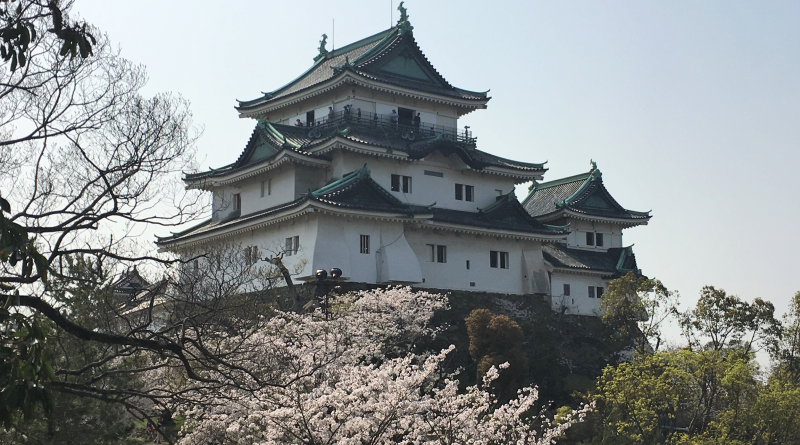
Wakayama Castle, The Castle of the Sleeping Tiger
It probably comes as no surprise, but Wakayama City’s most popular attraction is Wakayama Castle. Though not as popular as Himeji or Osaka Castle, Wakayama Castle played a major role in governing the Kishu Province i.e Wakayama Prefecture. Moreover, in the Edo Period, Wakayama Castle became the home of the Tokugawa clan, making Kishu province easily one of the most important in Japan.
Wakayama Castle
Wakayama Castle is located in the center of the city. It takes roughly 10 minutes from JR Wakayama or Nankai Wakayama-shi station.
On our recent trip to the castle, it was especially lovely since the sakura was in full bloom.
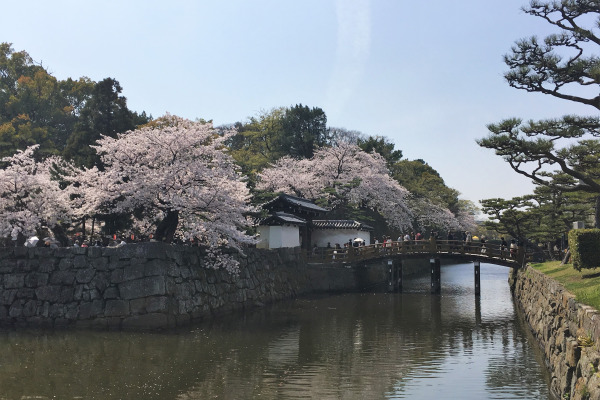
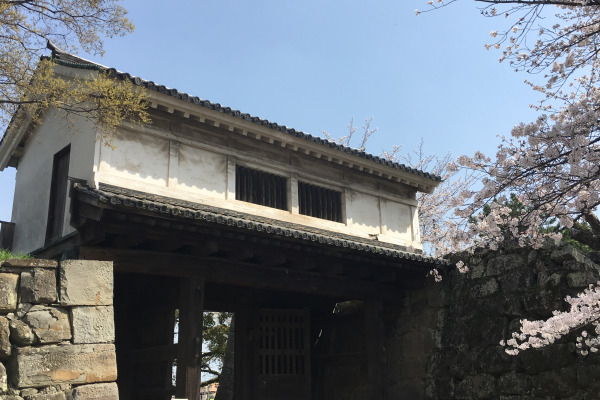
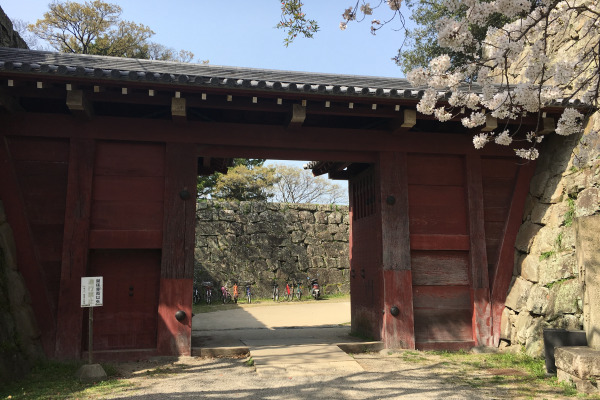
In 1585 Hideyoshi conquered the Kishu Province. He ordered his brother, Hidenaga to build a castle on the top of Mt. Torafusu, named for the fact it is shaped like a sleeping tiger. However, since Hidenaga had other castles, he gave the castle to his trusted subordinate, Kuwayama clan [桑山氏]. Later, Tokugawa assigned the castle to the Asano clan [浅野氏]as a reward for their contributions during the Sekigahara War in 1600.
However, the castle soon took on a much bigger role when in 1619 the tenth son of Ieyasu, Yorinobu, became head of the castle. It was not clear why an important like Yorinobu suddenly made Wakayama Castle his home, but with his arrival, the Kishu Province became part of the Gosanke.
The Gosanke were three provinces governed by the most powerful branches of the Tokugawa clan. Together with the Mito and Owari provinces, only the Gosanke provinces could use the Tokugawa family name and Tokugawa family crest.
Indeed, Tokugawa Yoshimune , the eighth Shogun of the Edo government, was both a native and the former lord of the Kishu Province.
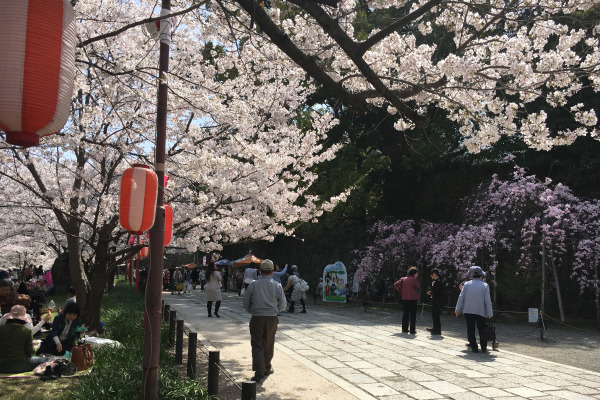
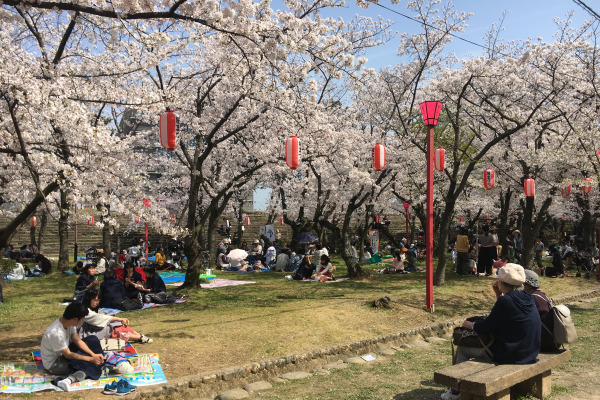
Stories in Stone
One of the more interesting things about Wakayama Castle is the castle walls. Since the castle grounds expanded several times over the years, it is easy to find the many different kinds of stones used to build the castle walls.
Each different era of castle building in Japan is marked by how the stone for the castle was cut. Specifically, more recent castles have squarer, more uniform stones, whereas castles from Hidenaga’s time or earlier have increasingly more irregularly shaped ones.
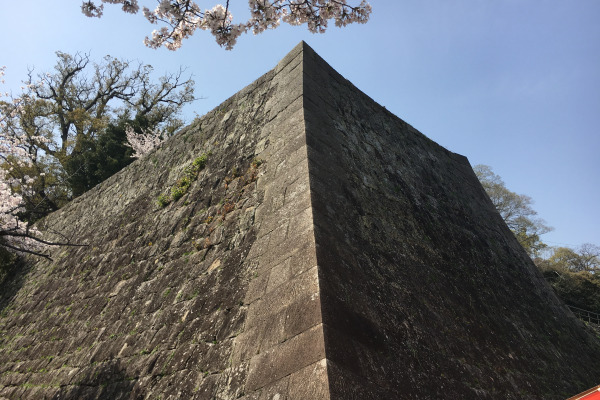
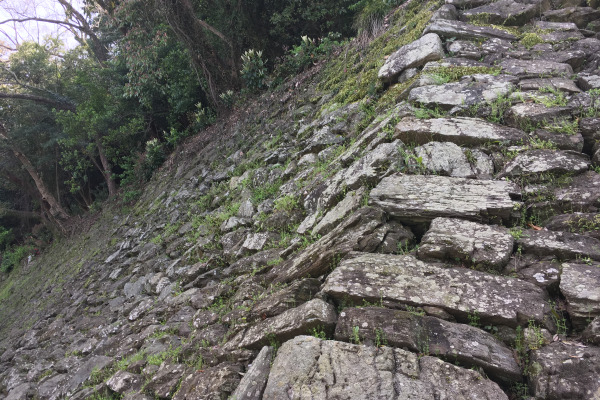
The main keep of Wakayama Castle is located on Mt. Torafusu (48.9m), which means you have to climb up the hills.
There are three routes: Omote-saka, Ura-saka, and shinura-saka. Ura-saka and shinura-saka are shorter but quite steep, so I think omote-saka would be the best course.
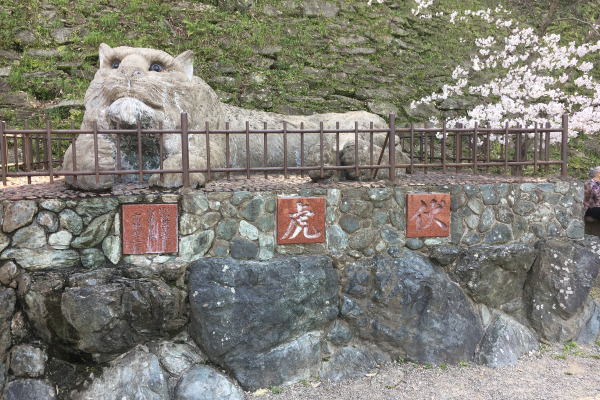
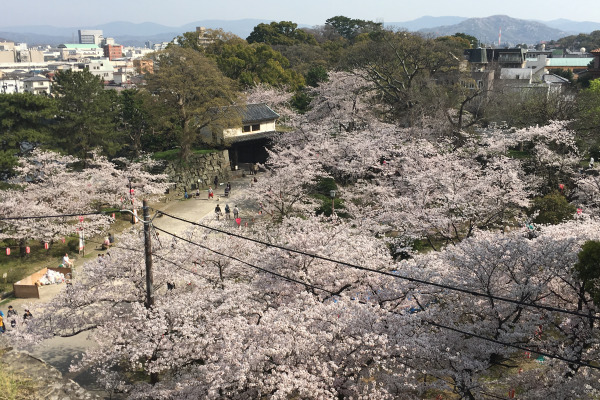
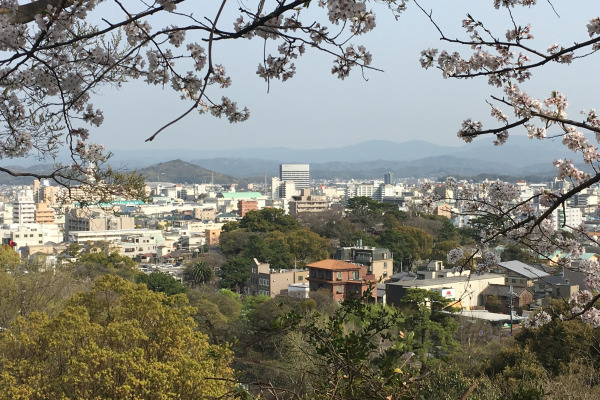
Main Keep
Much of the current Wakayama Castle that stands today was built by Tokugawa Yorinobu in the early Edo Period. The original castle tower burnt down in 1846, but was quickly rebuilt since it was the castle of a Gosanke Province. Unfortunately, the castle tower burnt down again during WWII.
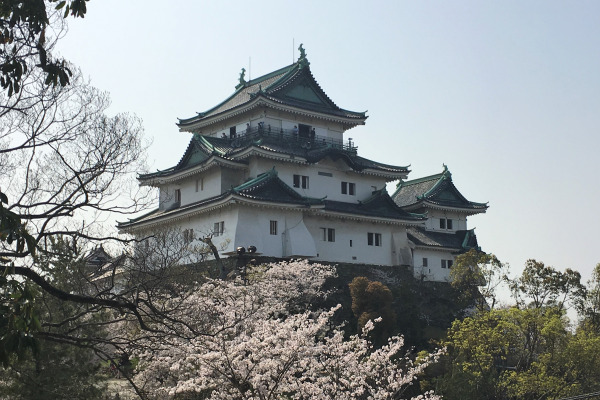
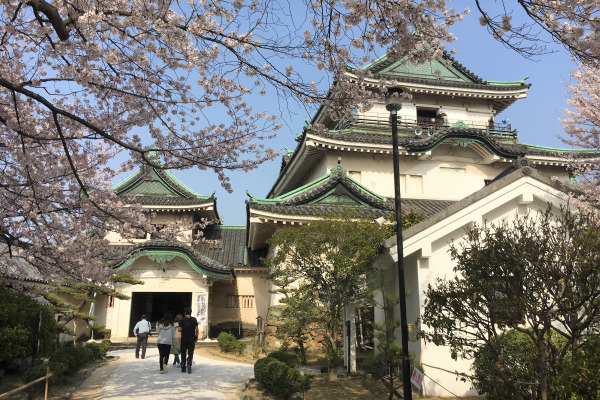
The main keep of Wakayama Castle is rather unique. All turrets around the keep are connected by a series of corridors. In times of crisis, this system would allow troops to easily and efficiently move from one side of the castle to the other.
This style of construction was not only exceptionally secure but also meant guards or soldiers could attack invaders from every angle.
The inside of the castle is now a museum exhibiting the castle’s historic items, mainly those belonging to the Tokugawa clan. From the top floor, you can command a great view of Wakayama.

Ohashiroka Bridge
Just as you enter the Otemon gate, you will pass Ninomaru Garden, the previous site of Ninomaru Goten. Since the climb all the way up to the castle’s main tower was a bit of a chore, most governing took place in Ninomaru Goten.
Getting from Ninomaru Goten to the castle was a bit of a hassle. Of course at some point, someone had to make a trip to the castle. To help expedite the trip, they built Ohashi Roka, which connected Ninomaru Goten and Nishinomaru Garden.
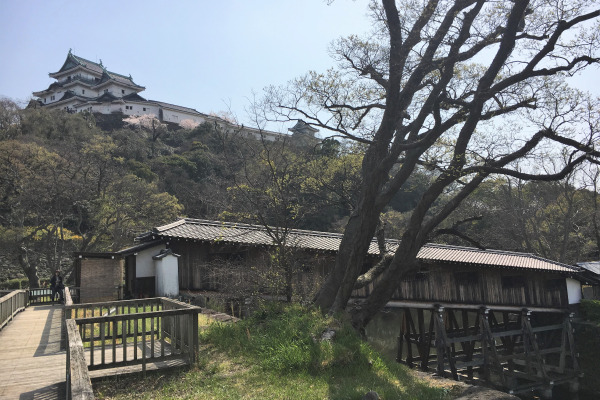
The current bridge was part of the castle’s revival after WWII, but angled bridges are very rare, and Ohashi Roka is one of the most iconic spots at Wakayama Castle.
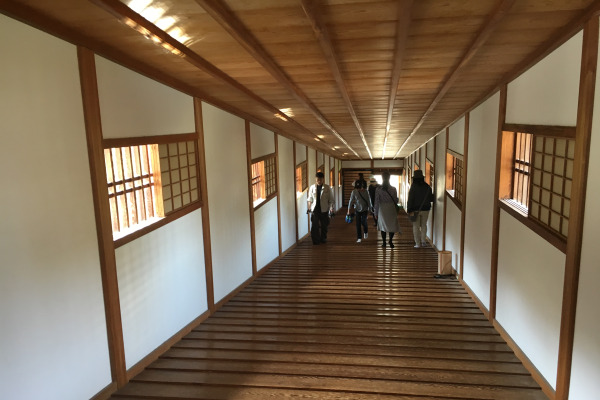
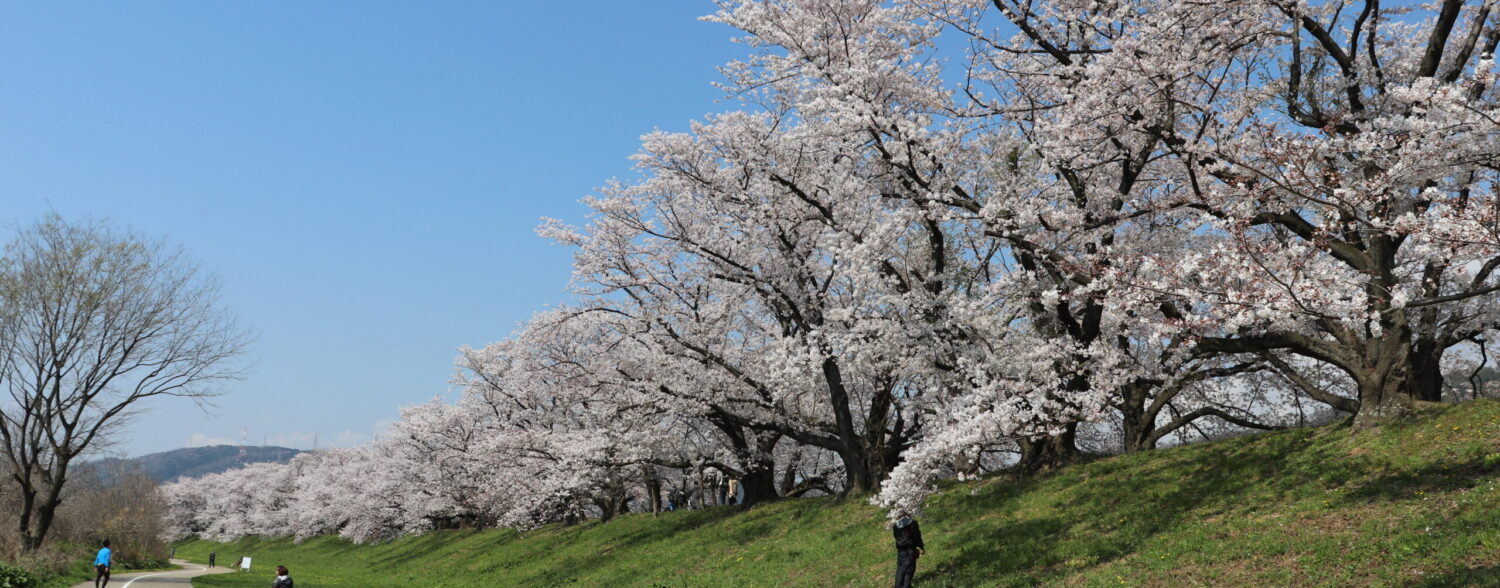
Leave a Reply